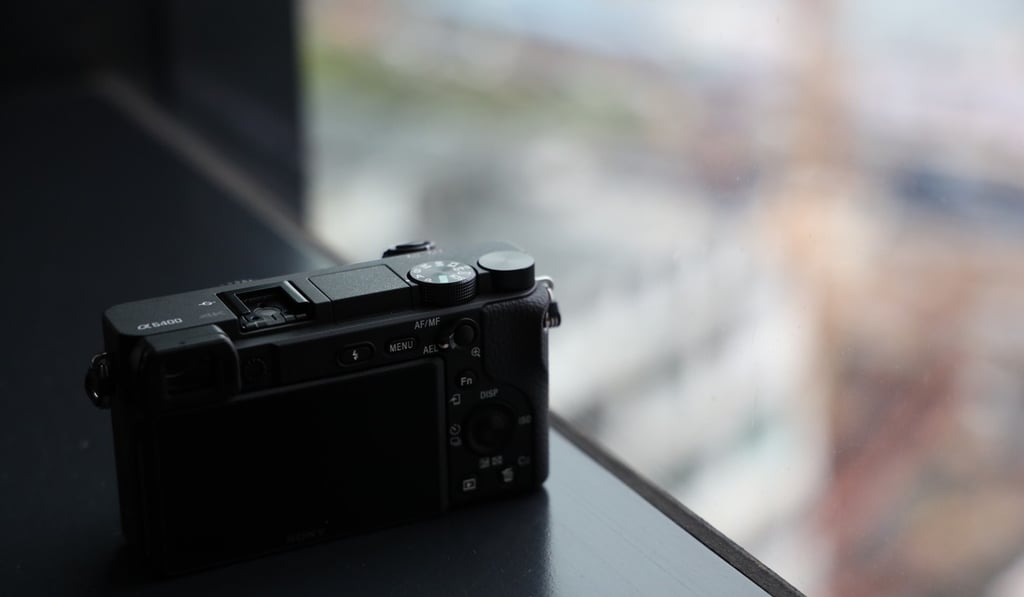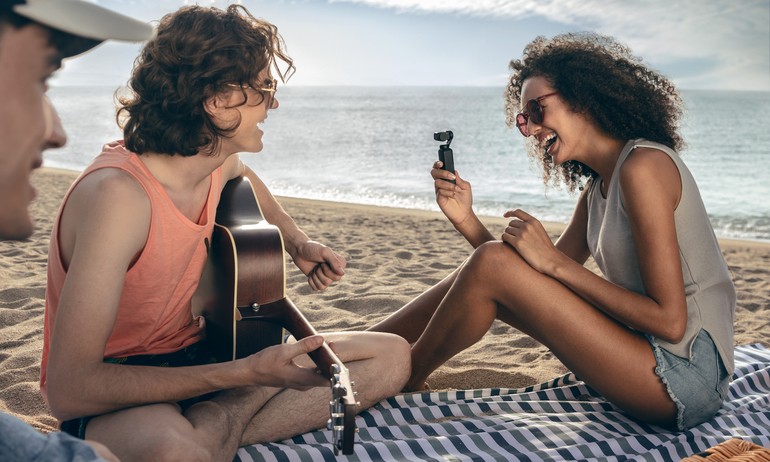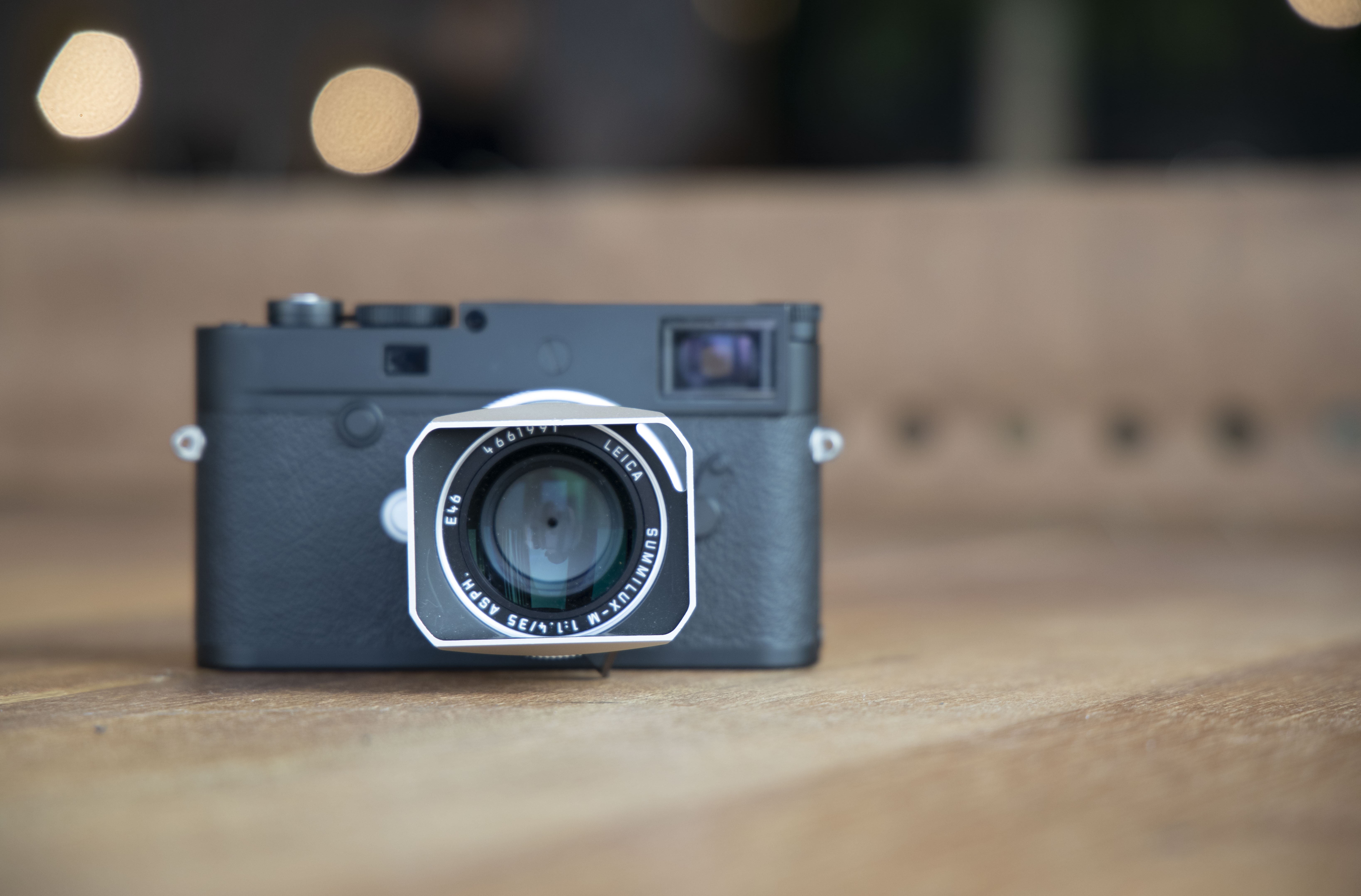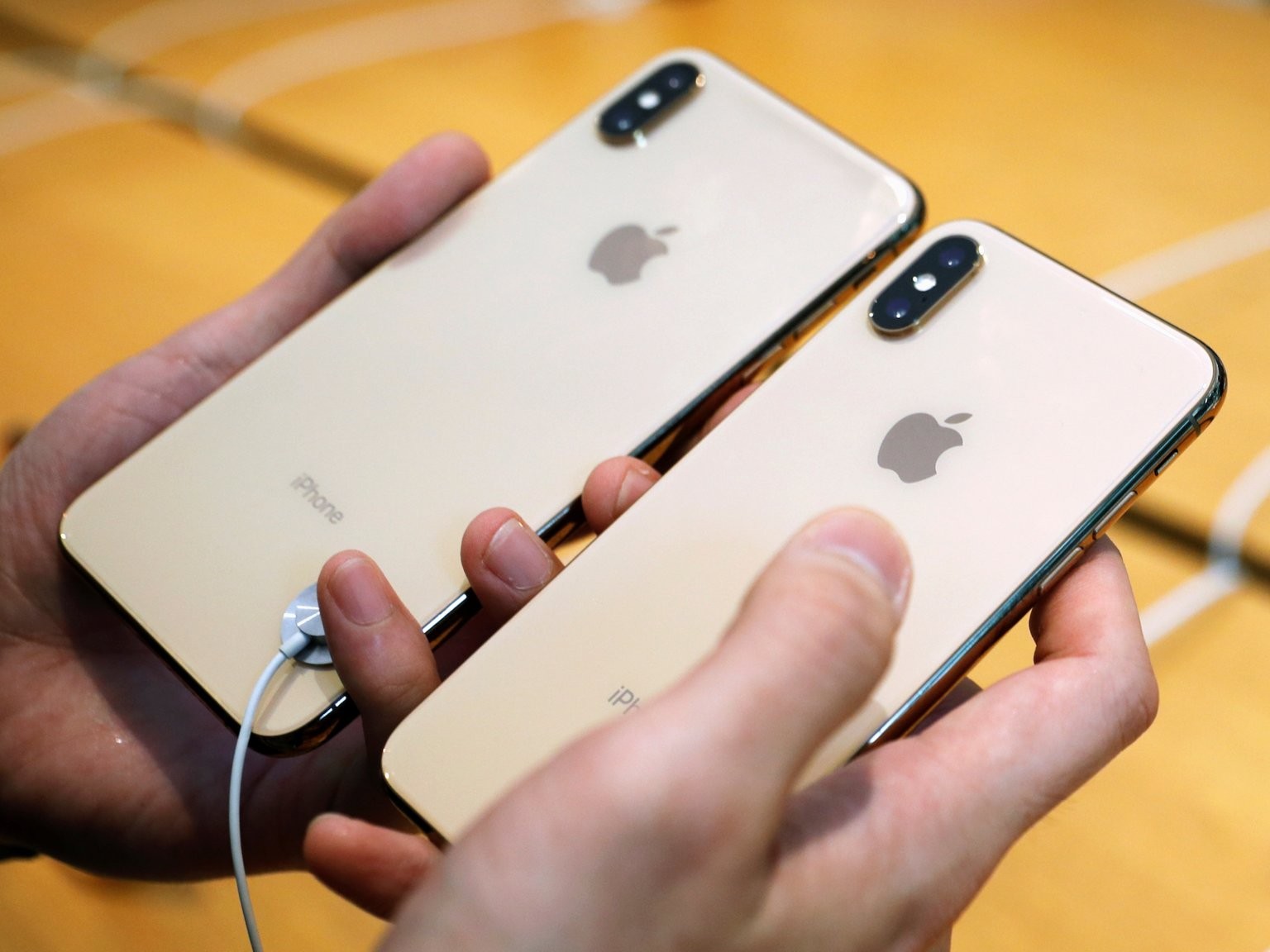We review the Sony a6400 camera: Could this be the travel companion you are looking for?

Sony’s built-in eye autofocus is great for those on safari in a jungle, concrete or otherwise
Overall: 7.5
Turn-ons:
- Video (4K) and picture- (24.2 MP) taking performance is impressive for the price
- Eye autofocus helps you take better portraits and sports photographs
- Flip-up screen for vloggers who want to take video and picture selfies
- Size and form factor lighter and smaller while still delivering decent photo video results
Turn-offs:
- No in-body image stabilisation (IBIS) to help with camera shake
- No audio output jack for checking sound
- Screen easily blocked if you put anything in the hot shoe
Sony’s a6000 line of cameras has long been attractive to own, especially for Sony fans, because the camera’s sensor is the same as the higher a7 line, and a price less than half.

What do full-frame and cropped mean, and how do they apply to the a6400 and other versions of this camera?
Digital cameras use an electronic, rectangular sensor that captures the light entering a lens and translates that information into a picture or video. A full-frame camera uses the entire sensor (using only full-frame lenses), while a camera that is “APS-C” does not use the entire sensor. This means, you are getting a high-quality professional sensor, but the images and videos will not capture as much information, and the low light performance won’t be as good. It will also change the listed focal length of a lens by 1.6x if it is a full-frame lens.

What about the picture-taking performance?
The 24.2 megapixel camera is already pretty decent. You will get decent results for the price you pay, especially when paired with a great lens. Photographer Joyce Yung and I used the G-Master 24-70mm F2.8, one of the best zoom lenses made by Sony, so results will differ using different lenses. It’s also a pretty fast camera with 11 frames per second.
What about video?








